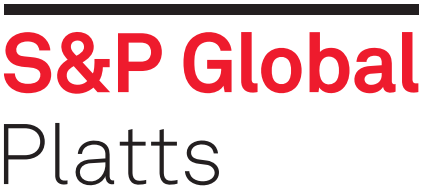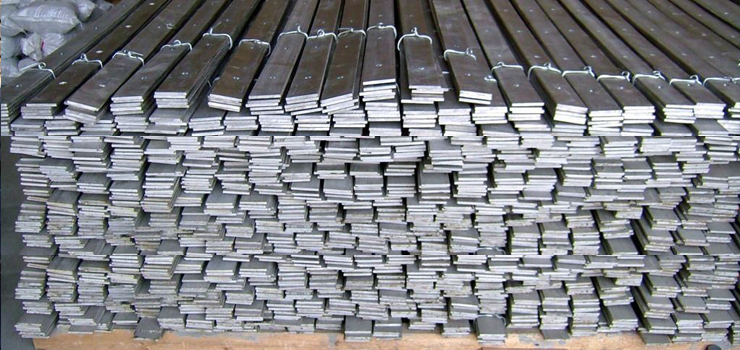Rising metal prices, labor shortages and challenging logistics have continued to support prime aluminum and ferrous scrap grade prices as post-consumer aluminum scrap and obsolete ferrous scrap spreads have widened at a faster pace because of the greater availability of material.
With hot-rolled coil prices holding at a record high and as US aluminum Midwest transaction prices just off record highs, mill margins have continued to increase significantly throughout 2021.
Demand for these products and secondary alloys remains solid, even as automakers’ semiconductor chip shortages and lack of staff at plants challenge nonferrous and ferrous market participants.
These were among the prevailing trends this week in S&P Global Platts’ new low-carbon metals spreads and ratios – a suite of eight price references launched Aug. 13 that allow users to compare low-carbon feedstocks with traditional higher-carbon inputs.
The new spreads and ratios – underpinned by existing Platts assessments in hot-rolled steel, pig iron, scrap, iron ore and aluminum from the US, China, Turkey and the Black Sea region – were launched in response to market participants’ requests for tools to help quantify costs, manage risk, and support opportunities associated with the expansion of carbon-reduction strategies and increasing regulation.
Electric-arc furnace mill margins supported
Long lead times and rising producer prices have supported rising spot hot-rolled prices, even as imports continue to increase in an effort to fill the gap from domestic supply shortfalls, outages and planned maintenance.
Margins for electric-arc furnace mills in the Midwest have continued to rise during the week ended Aug. 20, as HRC spot prices continue to make new highs and as prime scrap prices were steady. Shredded scrap prices have been under pressure as exports have fallen, with Turkey as the major destination for US scrap exports. Shredded export prices are down 14% from the June highs. The Platts HRC-MW No. 1 busheling scrap spread was $1,328.39/st and HRC-MW shredded scrap spread also rose to $1,477.95/st. Margins have risen 99% and 129%, respectively.
The Midwest busheling scrap to shredded scrap differential held at $167.50/lt Aug. 20, as Midwest prime scrap prices were unchanged in August. The melting rate of busheling has supported the differential, but as mini-mills look into evolving technologies to better utilize obsolete scrap, market sources expect that spread to narrow.
Along with planned mill outages, prime scrap demand was expected to fall in September, increasing the availability of material.
Looking forward to the September scrap buy-week, Midwest suppliers see tradable values down $20/lt from the August price of around $650/lt, with shredded scrap prices holding up slightly better.
As the auto sector slowdown has kept busheling tight, and as the market eyes future scrap consumption from EAF capacity expansion, demand for flat-rolled steel has continued to outpace supply as prices remain higher for longer.
Long lead times and rising producer prices have supported rising spot hot-rolled prices, even as imports have continued to increase in an attempt to fill the gap from domestic supply shortfalls, outages and planned maintenance.
New scrap tightens
Strong EAF demand saw new scrap tighten and become more valuable compared with iron ore, expanding the ratio.
The China import HRS101 scrap to iron ore price ratio was at 4.13 on Aug. 20, up from 2.82 on July 21, as 62% Fe iron ore prices have declined by 37.6% from July highs as demand outlook weakened from bearish China steel data. HRS101 scrap prices increased 21.8% since the start of the year, averaging $584.57/mt CFR through Aug. 20 and $592/mt CFR in July. China domestic delivered HMS scrap prices also firmed in July and August from January.
Black Sea pig iron export prices to Turkey HMS scrap dipped to a 1.18:1 ratio on Aug. 20, just below July’s average. US pig iron imports to Midwest Busheling scrap delivered prices were unchanged at a 0.92:1 ratio on the same day, as spot pig iron prices have fallen faster than obsolete and prime grades. US mils remained quiet, awaiting lower pig iron offers. Activity has also slowed in Brazil and Eastern Europe.
Mill, secondary smelter demand remains firm
The spread between Platts P1020 US Midwest Transaction priced and UBCs narrowed to 64.64 cents/lb on Aug. 19, from 67 cents/lb on Aug. 12, or 56% of MWT value.
Imports of UBCs continue to rise, up almost 50% year to date through June, according to the latest US Census Bureau data, to keep up with the shift in more beverages to aluminum cans and the rising percentage of recycled material used to make each can, though class scrap from can making has displaced demand for used beverage cans.
Secondary smelter spreads have also widened even with firm A380 prices, the differential has strengthened as US P1020 all-in prices have hovered around record highs.
The MWT/A380 spread dipped to 30.14 on Aug. 19. Demand for alloys remains solid even as some market sources cited some cancellations or orders being pushed back from their customers that are more tied to automotive. That slack has been picked up by other customers looking to fulfill shortfalls from other orders because of competing smelters limiting production amid summer maintenance.
Rising input costs, such as copper and silicon, continue to support such alloys as 356 and A413.
The mill-grade mixed low-copper clips, or MLCCs, spread to MWT has fallen to 63.14 cents/lb on Aug. 20, from around 47.50 cents/lb June 21. Primary aluminum prices fell slightly during the week.
— Nick Ruggiero, Karen McBeth






